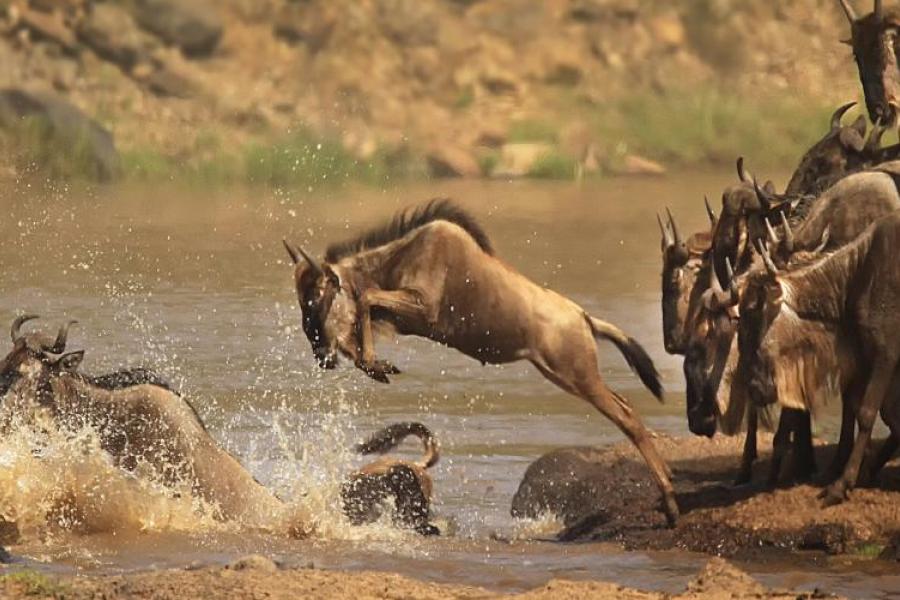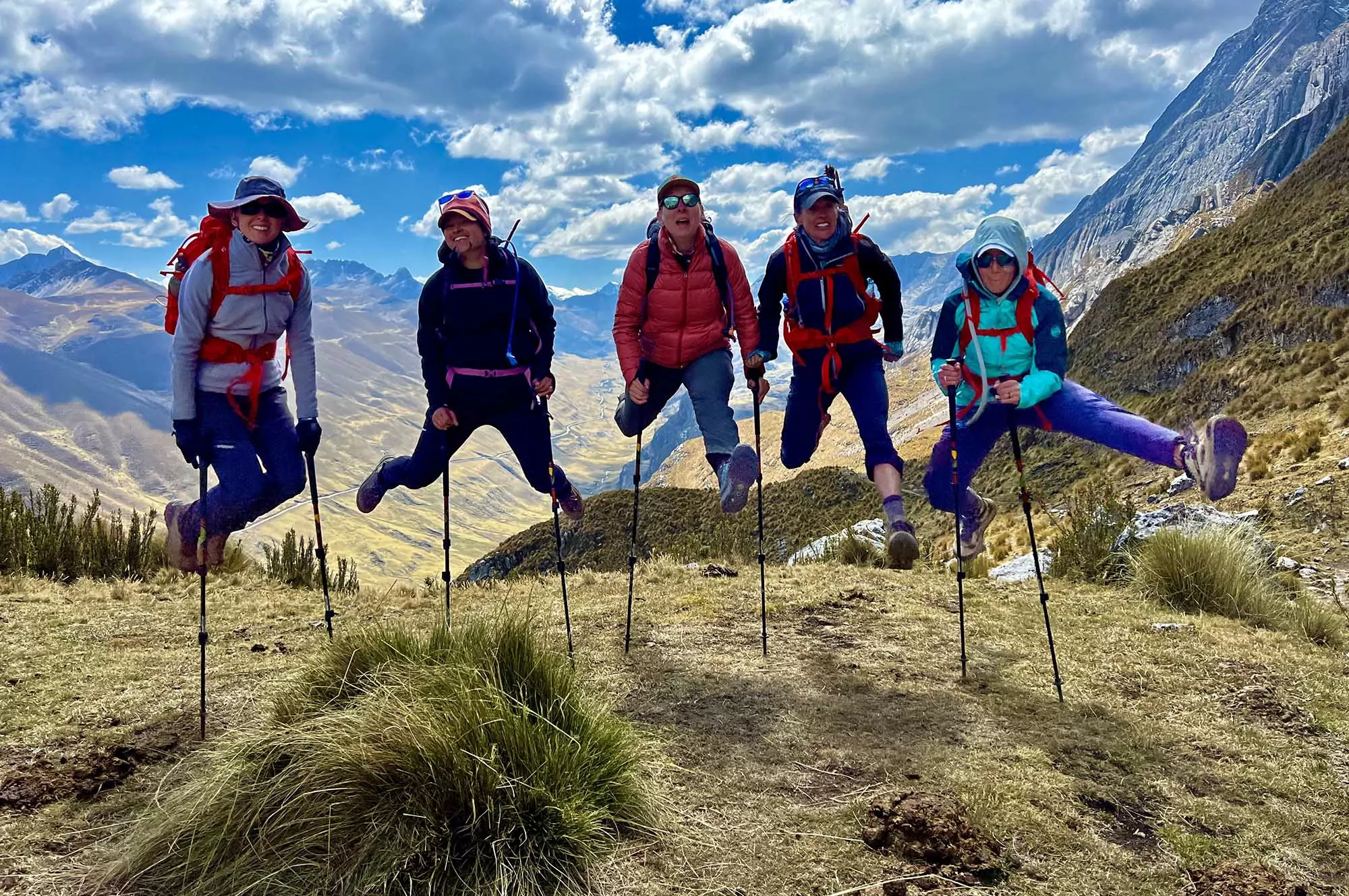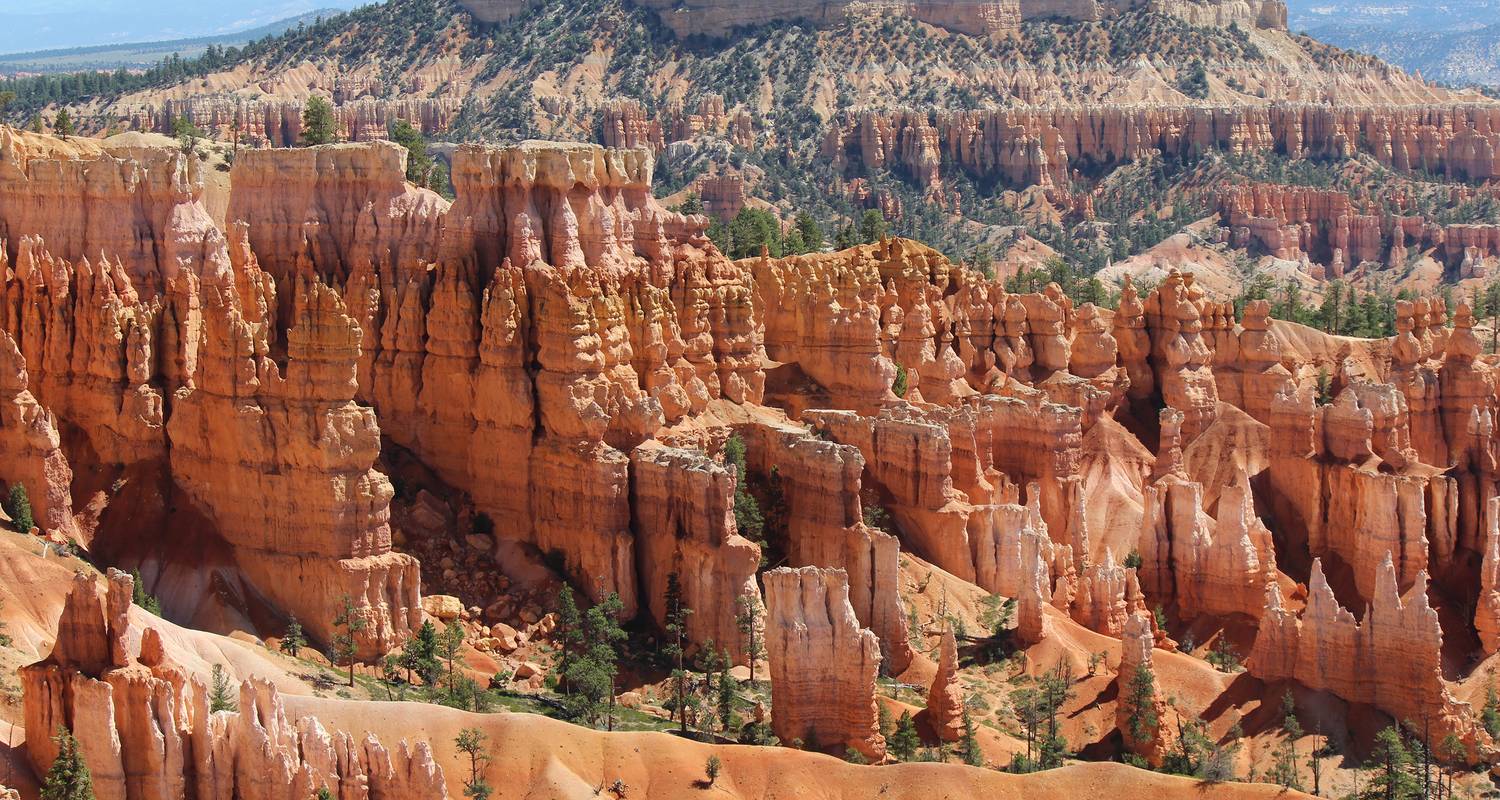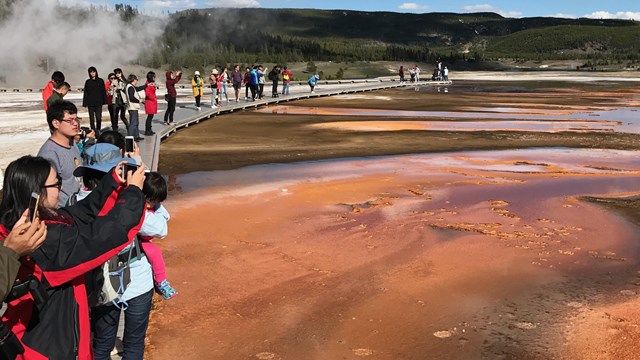Wild Bird Center: Where Feathers Meet Fascination
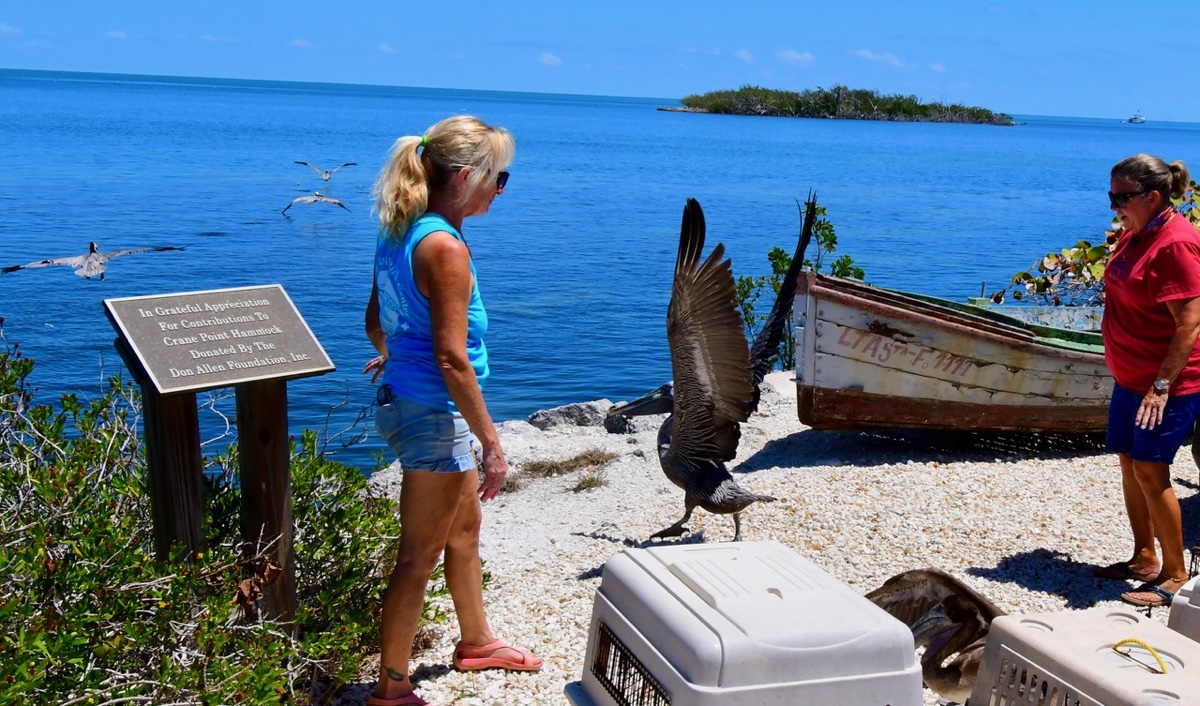
Wild Bird Center Birds, with their vibrant plumage and melodic songs, have always captivated human imagination. They symbolize freedom, beauty, and the marvels of the natural world. For enthusiasts and curious onlookers alike, the Wild Bird Center is a haven where the avian world comes alive, offering an immersive experience into the lives of our feathered friends.

The Essence of the Wild Bird Center
A Wild Bird Center is more than just a sanctuary; it is a celebration of avian diversity and a hub for education and conservation. These centers serve as crucial sites for birdwatching, research, and community engagement, fostering a deeper connection between people and nature.
An Avian Oasis
The Wild Bird Center provides a safe haven for numerous bird species, from common backyard visitors to rare and migratory birds. These centers often include a variety of habitats such as woodlands, wetlands, and meadows, meticulously maintained to support diverse avian life. Visitors can stroll through these serene environments, observing birds in their natural settings and gaining insights into their behaviors and habits.
Conservation Efforts
At the heart of every Wild Bird Center is a commitment to conservation. These centers play a pivotal role in protecting endangered species and their habitats. They engage in breeding programs, habitat restoration projects, and initiatives to combat threats like habitat loss and climate change. By visiting and supporting these centers, individuals contribute to vital conservation efforts that ensure the survival of many bird species.
Educational Opportunities
Education is a cornerstone of the Wild Bird Center experience. These centers offer a range of programs designed to inform and inspire. From guided tours and workshops to school field trips and public lectures, the goal is to cultivate a greater understanding and appreciation of birds. Interactive exhibits and informative displays provide fascinating insights into avian biology, migration patterns, and the ecological significance of birds.
The Joy of Birdwatching
Birdwatching, or birding, is a delightful pastime that brings people closer to nature. The Wild Bird Center is an ideal place for both novice and experienced birdwatchers to indulge in this rewarding activity.
Birdwatching for Beginners
For those new to birdwatching, the Wild Bird Center offers a perfect starting point. Beginner-friendly trails, bird identification guides, and knowledgeable staff are available to assist. Here are a few tips for novice birdwatchers:
- Start with the Basics: Familiarize yourself with common local birds. Learn to identify them by their size, shape, color patterns, and calls.
- Use Binoculars: A good pair of binoculars enhances your birdwatching experience, allowing you to see details from a distance.
- Be Patient: Birds can be elusive. Patience and quiet observation are key to spotting them.
- Take Notes: Keep a birding journal to record your sightings and observations. Note the date, location, weather conditions, and any interesting behaviors.
Advanced Birding Techniques
For seasoned birdwatchers, the Wild Bird Center offers opportunities to refine skills and expand knowledge. Advanced birding techniques include:
- Field Marks and Vocalizations: Learning to identify birds by subtle field marks and vocalizations can enhance your birdwatching prowess. Pay attention to wing bars, eye rings, and unique calls.
- Habitat Preferences: Understanding the preferred habitats of different species helps in locating them. Some birds are more likely to be found in specific environments such as wetlands or forests.
- Migration Patterns: Studying migration patterns allows birdwatchers to anticipate the arrival and departure of various species. Keep track of seasonal changes and migratory routes.
The Birdwatching Community
Birdwatching is a social activity that brings people together. The Wild Bird Center fosters a sense of community among bird enthusiasts. Joining birdwatching groups, participating in citizen science projects, and attending birding events are excellent ways to connect with fellow bird lovers and share experiences.
Bird Feeding: An Up-Close Encounter
One of the most enjoyable ways to attract birds to your surroundings is through bird feeding. The Wild Bird Center offers a wealth of knowledge and resources to create a bird-friendly environment at home.
Selecting Bird Feeders
Choosing the right bird feeder is essential for attracting a variety of bird species. Different feeders cater to different types of birds:
- Hopper Feeders: These versatile feeders attract a wide range of birds, including sparrows, cardinals, and finches. They have a large capacity and can hold mixed seeds.
- Tube Feeders: Ideal for small birds like finches and chickadees, tube feeders have multiple feeding ports and are designed to keep seeds dry.
- Platform Feeders: These open feeders attract ground-feeding birds such as doves and juncos. They can be placed on the ground or elevated.
- Suet Feeders: Suet attracts insect-eating birds like woodpeckers and nuthatches. These feeders hold suet cakes made of fat and seeds.
Choosing the Right Bird Food
The type of bird food you provide determines which birds you attract. The Wild Bird Center can help you select high-quality bird food suited to your local bird population:
- Black Oil Sunflower Seeds: A favorite among many birds, these seeds are high in fat and provide essential energy.
- Nyjer (Thistle) Seeds: Popular with finches, these tiny seeds are rich in oil.
- Suet: Suet cakes are excellent for attracting woodpeckers and other insect-eating birds.
- Fruit and Nectar: Hummingbirds and orioles are attracted to nectar and fresh fruit.
Maintaining Bird Feeders
Proper maintenance of bird feeders is crucial to ensure the health and safety of visiting birds:
- Clean Regularly: Clean feeders at least once a month to prevent mold and disease. Use a solution of one part bleach to nine parts water, rinse thoroughly, and let dry.
- Fresh Food: Replace food regularly to keep it fresh. Discard any moldy or spoiled food.
- Placement: Position feeders in safe locations, away from predators and with nearby cover for birds to retreat to.
Bird Habitat Creation
Creating a bird-friendly habitat in your garden or backyard enhances the appeal for birds and provides essential resources for their survival.
Native Plantings
Planting native flora is one of the most effective ways to attract birds. Native plants offer food, shelter, and nesting sites:
- Flowering Plants: Choose plants that produce seeds, berries, and nectar. Examples include coneflowers, sunflowers, and honeysuckle.
- Shrubs and Trees: Provide cover and nesting sites with native shrubs and trees like dogwood, oak, and pine.
- Water Features: Birds need water for drinking and bathing. A birdbath, pond, or small water fountain can attract a variety of species.
Nesting Boxes and Shelters
Installing nesting boxes and shelters encourages birds to breed and raise their young in your garden:
- Nesting Boxes: Different birds have specific requirements for nesting boxes. Ensure the box dimensions and entrance hole size suit the target species.
- Brush Piles: Create brush piles using fallen branches and leaves to provide shelter and foraging sites for birds.
The Role of the Wild Bird Center in Research and Conservation
The Wild Bird Center is at the forefront of avian research and conservation. These centers contribute valuable data and insights that aid in the protection of bird populations and their habitats.
Banding and Monitoring
Bird banding is a critical research technique used to study bird migration, behavior, and population dynamics. The Wild Bird Center often collaborates with ornithologists and researchers to band and monitor birds:
- Data Collection: Banding provides data on bird movements, lifespan, and reproductive success. This information is vital for understanding population trends and the effects of environmental changes.
- Tracking Technology: Advanced tracking technologies, such as GPS and radio transmitters, offer detailed information on bird migration routes and habitat use.
Citizen Science Projects
Engaging the public in citizen science projects is a powerful tool for conservation. The Wild Bird Center encourages community participation in various projects:
- Bird Counts: Annual bird counts, like the Christmas Bird Count and the Great Backyard Bird Count, involve volunteers in collecting data on bird populations.
- Nest Monitoring: Volunteers can help monitor bird nests, providing data on breeding success and challenges faced by nesting birds.
Habitat Restoration
Habitat loss is one of the greatest threats to bird populations. The Wild Bird Center is actively involved in habitat restoration projects:
- Wetland Restoration: Restoring wetlands provides crucial breeding and feeding grounds for many bird species.
- Forest Conservation: Protecting and rehabilitating forests ensures the survival of woodland birds.
- Grassland Management: Managing grasslands supports species that depend on open, grassy habitats.
How to Support Your Local Wild Bird Center
Supporting your local Wild Bird Center is essential for the continued protection and appreciation of birds. Here are some ways you can help:
Volunteering
Volunteers are the backbone of many Wild Bird Centers. By offering your time and skills, you can make a significant impact:
- Education Programs: Assist with educational workshops, guided tours, and school programs.
- Habitat Maintenance: Help maintain trails, gardens, and bird habitats.
- Research Assistance: Participate in bird banding, monitoring, and data collection efforts.
Donations and Memberships
Financial support is crucial for the operation of Wild Bird Centers. Consider making a donation or becoming a member:
- Membership Benefits: Many centers offer memberships with benefits like newsletters, discounts on workshops, and exclusive events.
- Adopt-a-Bird Programs: Some centers have programs where you can symbolically adopt a bird species, directly supporting its care and conservation.
Advocacy and Outreach
Raising awareness about the importance of bird conservation is vital. Advocate for policies that protect bird habitats and participate in outreach efforts:
- Community Engagement: Host birdwatching events, educational talks, and fundraisers in your community.
- Social Media: Use social media platforms to share information about bird conservation and the activities of your local Wild Bird Center.
Wild Bird Center
The Wild Bird Center is a sanctuary where the beauty and wonder of the avian world are on full display. Through conservation efforts, educational programs, and community engagement, these centers play a crucial role in protecting bird populations and fostering a deeper connection between people and nature. Whether you’re a seasoned birdwatcher or a curious beginner, visiting a Wild Bird Center is an enriching experience that offers countless opportunities to learn, observe, and contribute to the preservation of our feathered friends. So, grab your binoculars, head to your nearest Wild Bird Center, and let the magic of birds inspire and captivate you.


